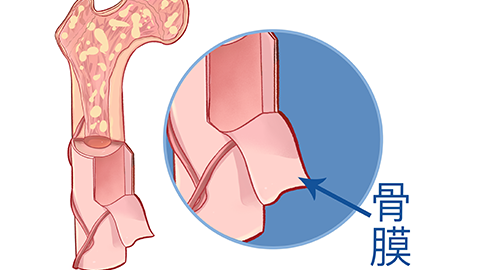How is periostitis treated?
Generally, treatment methods for periostitis include general management, medication, physical therapy, rehabilitation exercises, and traditional Chinese medicine (TCM). Specific details are as follows:
1. General Management
Patients should immediately stop the physical activity or labor that triggered periostitis to avoid excessive stress on the affected area and prevent worsening of inflammation. During rest, the affected limb should be appropriately elevated to promote local blood circulation and reduce swelling.

2. Medication
Medications can help relieve inflammation and pain. Patients may use drugs such as diclofenac diethylamine gel, ibuprofen sustained-release capsules, or cefixime dispersible tablets under medical guidance to improve symptoms.
3. Physical Therapy
Physical therapy can assist in reducing inflammation and promoting recovery. Commonly used methods include cold and heat application, and ultrasound therapy. During the acute phase, ice packs are applied to reduce local bleeding and swelling; after the acute phase, heat application is recommended to enhance local blood circulation and accelerate absorption of inflammatory factors. Ultrasound therapy uses sound wave vibrations to relax affected tissues, promote periosteal repair, and alleviate pain.
4. Rehabilitation Exercises
Once inflammation has subsided, appropriate rehabilitation exercises should be performed to prevent muscle atrophy and joint stiffness. Begin with gentle stretching exercises, such as slowly moving the affected joint, gradually increasing exercise intensity and range while avoiding strenuous activities.
5. Traditional Chinese Medicine (TCM)
According to TCM, periostitis is often related to stagnation of qi and blood or downward infiltration of damp-heat. Treatment typically focuses on promoting blood circulation, removing blood stasis, reducing swelling, and relieving pain. Topical applications such as safflower oil or Yunnan Baiyao aerosol can improve local blood flow; oral herbal medicines like Huoxue Zhitong Capsules or Sanqi Tablets may also be taken to help alleviate symptoms. Acupuncture and massage therapy can regulate local qi and blood flow, reduce pain, and promote recovery.
In addition, patients should follow medical advice during treatment, undergo regular follow-up examinations, and monitor recovery progress. If pain worsens after treatment, swelling persists, or symptoms such as fever occur, prompt medical attention is required to adjust the treatment plan and prevent disease progression.










